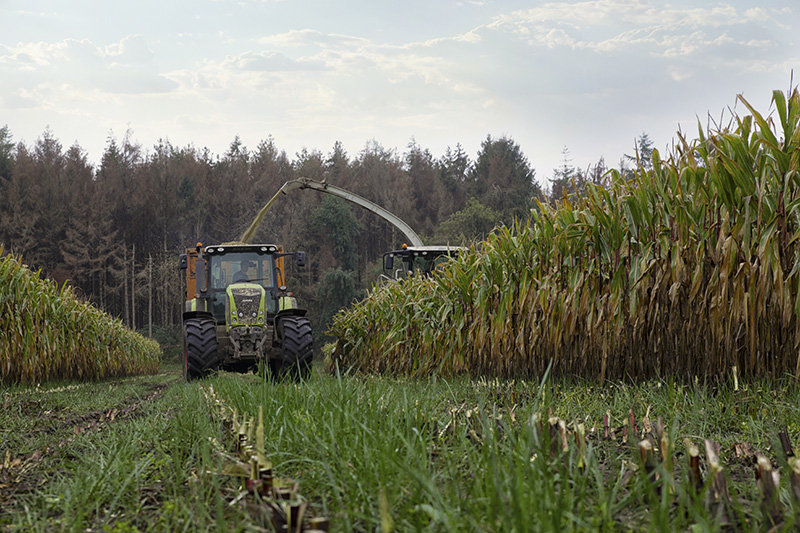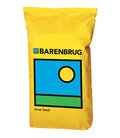Growers may be keener than ever this year to keep valuable nitrates in the soil by under-sowing maize with a grass or legume-rich cover crop, but caution is needed to receive the full benefit of the practice, advises grass breeder Barenbrug UK.
Recent years have seen growing interest in under-sown maize to ‘lock up’ nitrate residues, reduce winter soil loss from bare fields, and prevent watercourse pollution.
“This year growers will see that in addition to valuable winter grazing opportunities and meeting environmental obligations, a grass catch-crop can also generate a positive economic yield: a reduction in next year’s bagged nitrogen requirement,” says Roger Bacon, Barenbrug regional key account manager.
“If you’re not already planning to under-sow this year’s maize, it’s not too late to make plans,” he suggests, “and there are several ways to achieve it, even without specialised equipment.
“But more important than the method of drilling is your choice of the under-sown variety. The wrong selection can have such a detrimental effect on the maize crop that you’ll completely wipe out any benefit you’ve gained from retaining soil nitrogen,” he warns.
“We tend to think of maize as a rather robust crop, but it’s surprisingly vulnerable in its early growth stages. Under-sowing with a variety that’s overly competitive can have a deleterious effect on final yield, so anything you’ve gained from nitrate retention and winter grazing might be wiped out by the depressed yield.
“You’re robbing Peter to pay Paul.”
Mr Bacon says Italian ryegrasses are often suggested as ideal for under-sowing. “But consider this: why do we like IRG so much?
“Well, it’s one of the fastest growing grasses farmers can buy, and it germinates and establishes rapidly.
“Now consider this: at seedling stage, maize struggles to compete with other plants. Competition for nutrients and moisture is most damaging during the first six weeks post-emergence. And in the arable sector, IRG is fast becoming a significant weed problem for cereal crops.
“Actually, you might not want to under-sow your maize crop with Italian ryegrass. It should be of particular concern if you plan to under-sow at the same time as the maize, something often suggested to avoid soil compaction and extra costs.”
To help growers avoid the ‘IRG mistake’, Barenbrug developed its crop-specific green cover option Proterra Maize. Based on the company’s tall fescue genetics, Proterra offers growers a deep-branched rooting system, which helps maintain soil structure and health post-harvest, as well as soaking up nutrients from a far greater volume of soil than alternatives can offer.
“Both for those who were considering IRG, as well as growers concerned that any under-sown crop could rob the main crop of sunlight, moisture and minerals, Proterra offers a reassuring alternative.
“In selecting and developing this variety, we’ve opted for traits that favour rapid germination – to get the seedling out of the soil – but far slower growth post-germination.
“This gives it time to develop its characteristic deep, robust root system without presenting competition for the maize.”
An added benefit of Proterra’s branched root system is its ability to endow the soil with a higher bearing capacity, as well as a proven ability to sequester more carbon deeper into the soil profile. Research shows that soil organic carbon, the major component of soil organic matter, is most stable at depths below 20cm.
“Proterra gives growers improved confidence to harvest when they want – when the crop is right – without worrying about structural damage to the soil or the cover crop,” adds Mr Bacon, “while providing all the ‘must-have’ benefits of soil and nutrient retention.”
PROTERRA MAIZE: IN SUMMARY
‘Maize-friendly’ alternative to Italian ryegrass as a cover crop
- Based on Barenbrug’s tall fescue technology
- Use in forage and AD situations
- Sowing rate of 10kg/ha
- Drill when maize is at 6-8 leaves
- Use an inter-row drill
- Benefits include better soil structure, improved carbon sequestration and reduced soil erosion and loss of nutrients.





